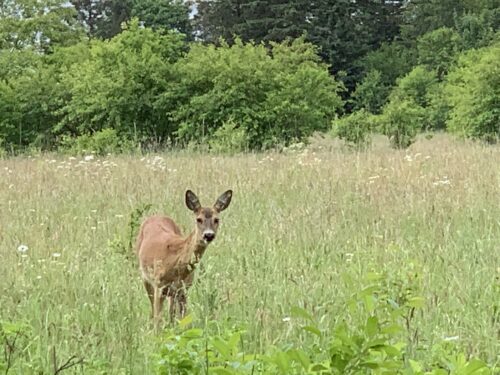One of the things I truly enjoy while staying at my cabin on Tupper Lake in Nova Scotia is to sit and observe. I call the place “Nature’s Nest”. Hummingbirds whiz busily by all day long, the local beaver glides through the water in search of food at dawn and dusk, bald eagles and ospreys soar in the sky, loons call to each other with their haunting sound and frogs made strange noises at unpredictable hours. The first video has the sound of the loons while the second one shows the birds on the water. Don’t forget to turn on your sound!
I particularly enjoy the changing light. It is like looking at new paintings every day. The following pictures are from sunrises:
The next photos are from afternoons:
The following photos were taken during the evening:
This is the earliest in the season I have ever stayed at the cottage, so I was delighted to discover several flowers I had not seen before, among them what I think might be a snakemouth orchid:
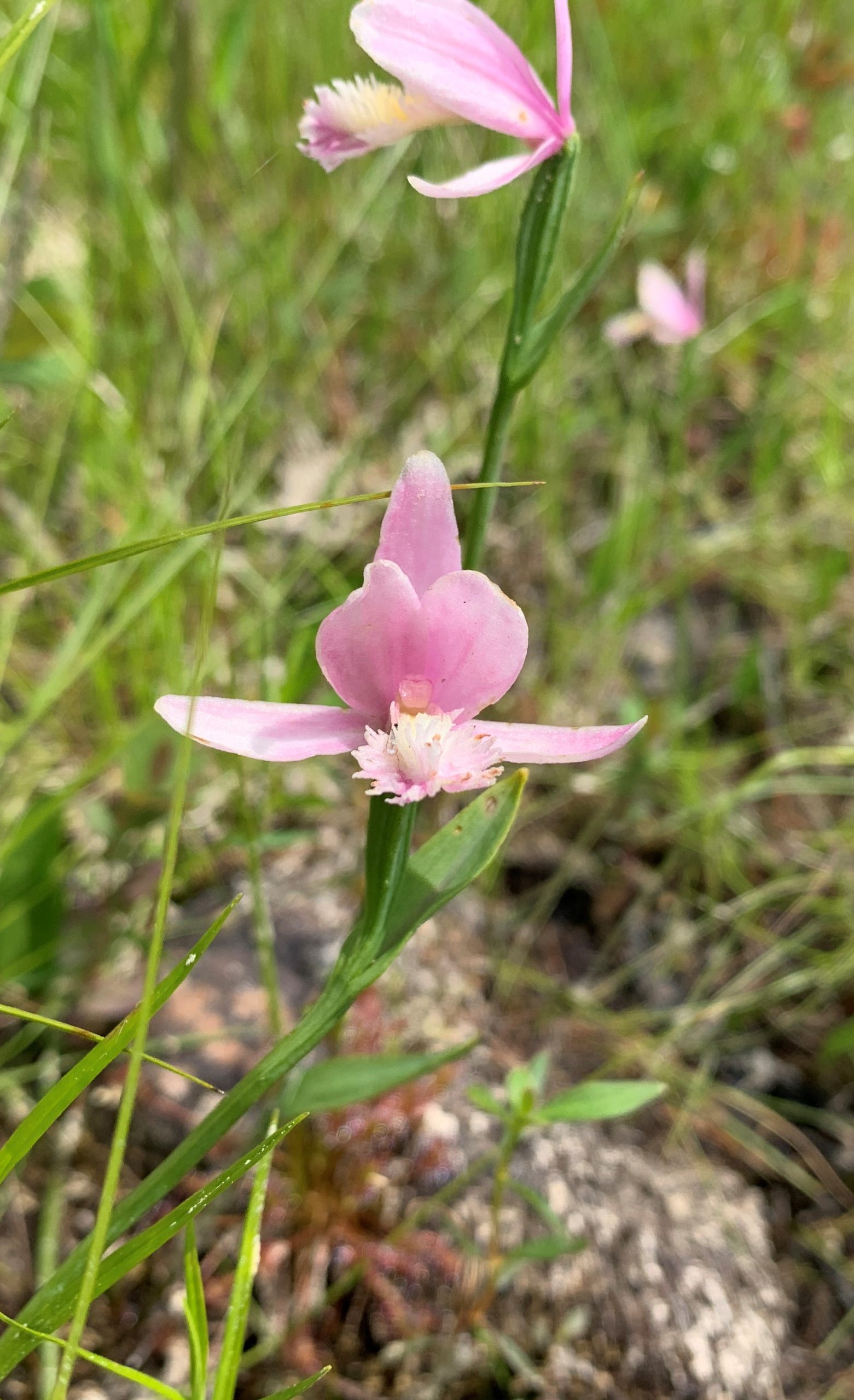
I also noticed that the sundew had flower stalks, which I have never seen before:
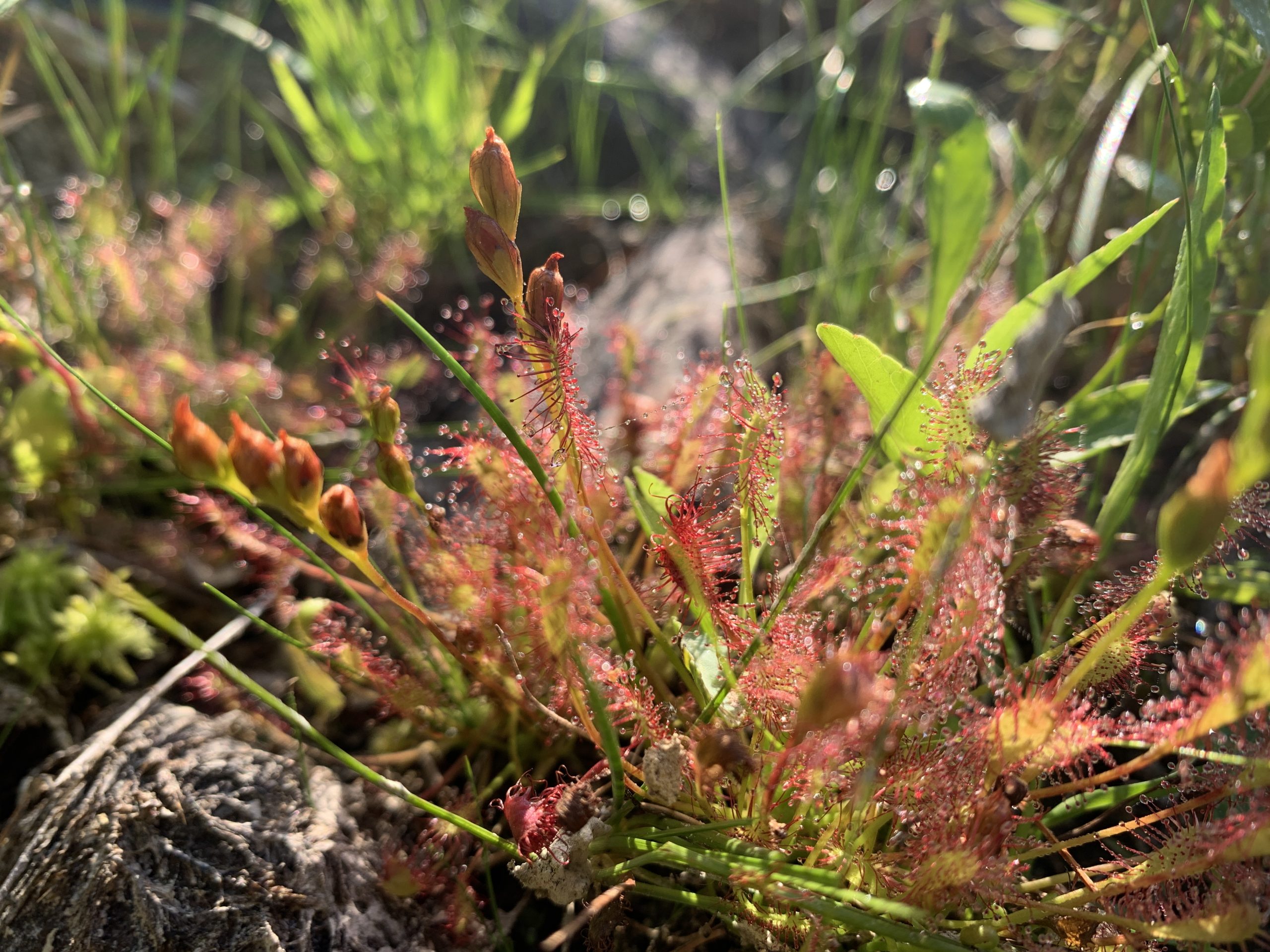
These fascinating carnivores have sticky droplets that ensnare insects. The more insects they can consume, the better the flowering, apparently. Makes sense:
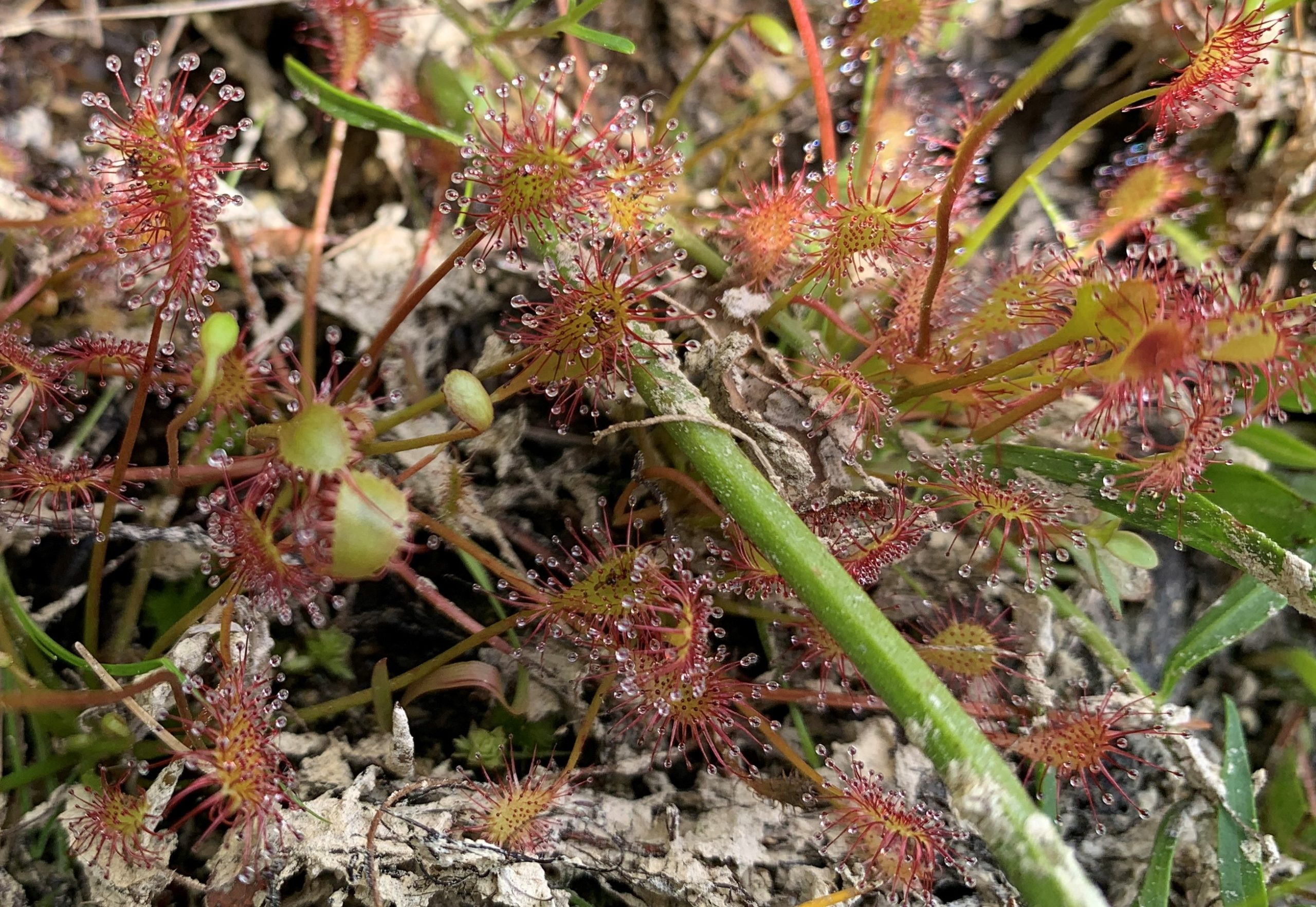
Other nifty flowers on my land were Virginia meadow beauty, pickerel weed and some I don’t know the names of:
I also saw a barred owl (try googling “barred owl sound” to hear their strange call), a fat larva that looked like a banana, and several white-tailed deer, including fawns, met a green frog, and made friends with a little chipmunk.

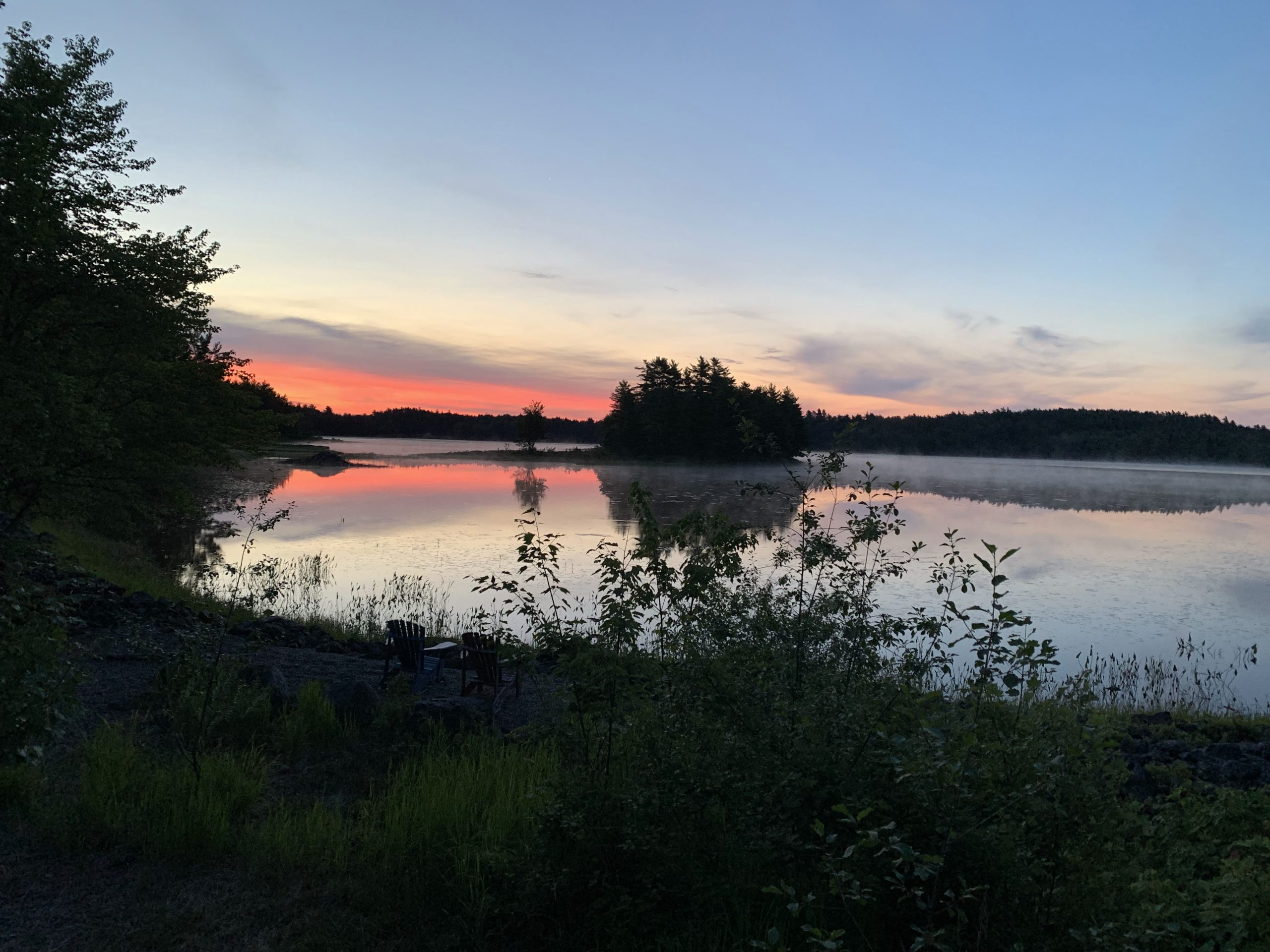








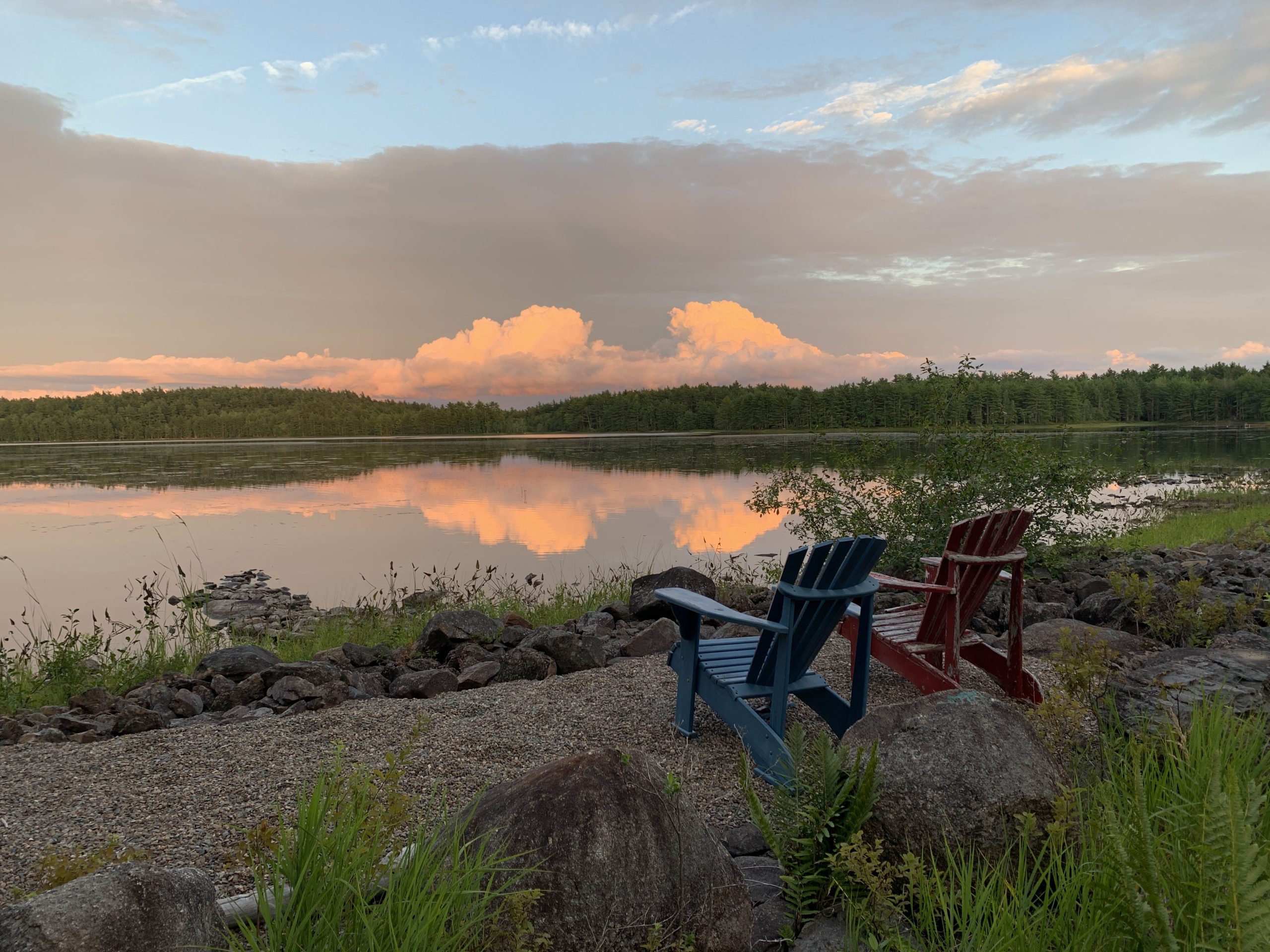














 The autumn hues are a combination of red, orange, yellow, russet and green. The most startling red and orange hues are from the maple trees – mostly sugar maple, I think, which also gift us with tasty maple syrup in the spring. Is it any wonder that the Canadians have chosen to have a maple leaf in their flag?
The autumn hues are a combination of red, orange, yellow, russet and green. The most startling red and orange hues are from the maple trees – mostly sugar maple, I think, which also gift us with tasty maple syrup in the spring. Is it any wonder that the Canadians have chosen to have a maple leaf in their flag?






 In the park’s 404 km2, nature reigns supreme. The hiking paths are cleared and the camping and picnic sites maintained, of course, but otherwise Mother Nature takes care of itself. This results in a dynamic landscape which may change over time, as nature sees fit. Fallen trees provide nutrients for mushrooms, insects and bacteria.
In the park’s 404 km2, nature reigns supreme. The hiking paths are cleared and the camping and picnic sites maintained, of course, but otherwise Mother Nature takes care of itself. This results in a dynamic landscape which may change over time, as nature sees fit. Fallen trees provide nutrients for mushrooms, insects and bacteria. 

 There are forests, lakes, rivers, bogs, marshes, and meadows. Meadows may grow into forests, forests may become open meadows, e.g. due to fire or hurricanes, and beaver activity may flood areas and make them boggy and marshy.
There are forests, lakes, rivers, bogs, marshes, and meadows. Meadows may grow into forests, forests may become open meadows, e.g. due to fire or hurricanes, and beaver activity may flood areas and make them boggy and marshy. 

 Glaciers left behind mounds of soil, so-called drumlins, where the fertile layer was a bit deeper. This is why you often see farms located on hilltops. In Kejimkujik there used to be a farm, but it was taken over by the national park and allowed to revert to its natural state. Now it is beautiful woodland and home to many wild animals.
Glaciers left behind mounds of soil, so-called drumlins, where the fertile layer was a bit deeper. This is why you often see farms located on hilltops. In Kejimkujik there used to be a farm, but it was taken over by the national park and allowed to revert to its natural state. Now it is beautiful woodland and home to many wild animals.











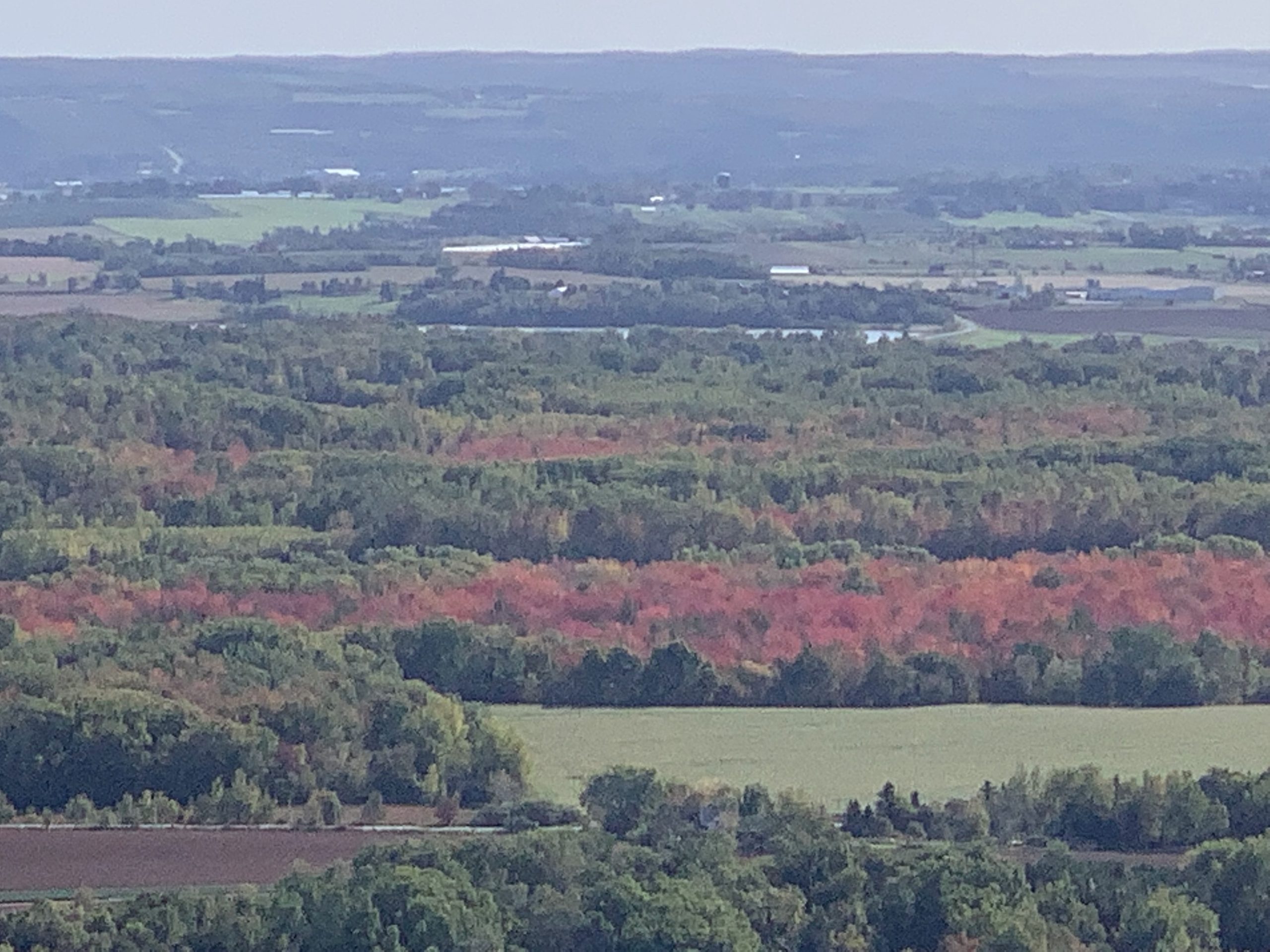
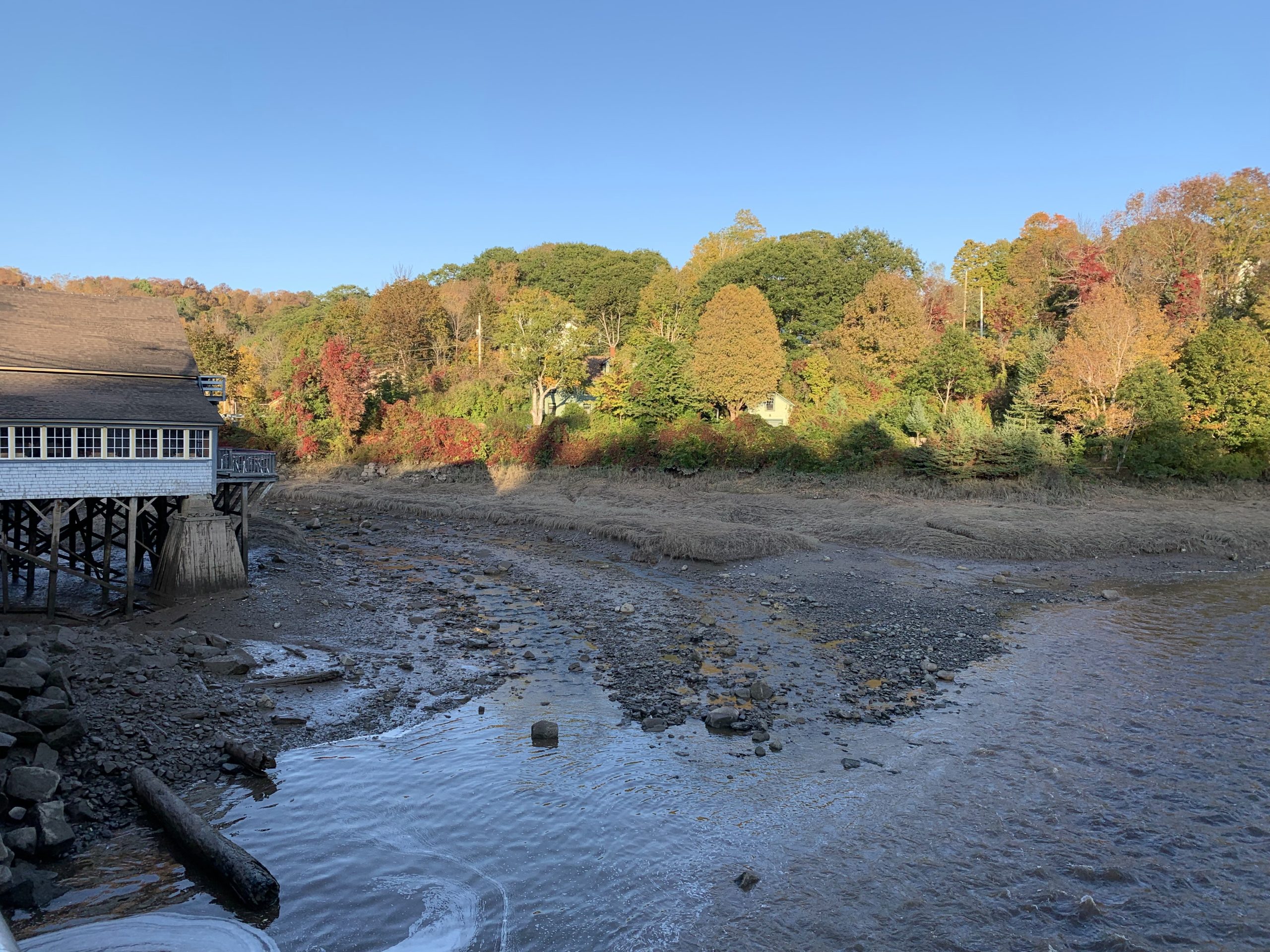 On the way home, dusk begins to fall giving everything a warm glow.
On the way home, dusk begins to fall giving everything a warm glow. 








 Sometimes, when my father was sitting gazing into the middle distance, I would ask him what he was doing. He would say, “Sometimes I sit and think and sometimes I just sit.” Well, that is also how I spend a lot of my time here. Just sitting. Looking at the same view but in different kinds of light.
Sometimes, when my father was sitting gazing into the middle distance, I would ask him what he was doing. He would say, “Sometimes I sit and think and sometimes I just sit.” Well, that is also how I spend a lot of my time here. Just sitting. Looking at the same view but in different kinds of light.





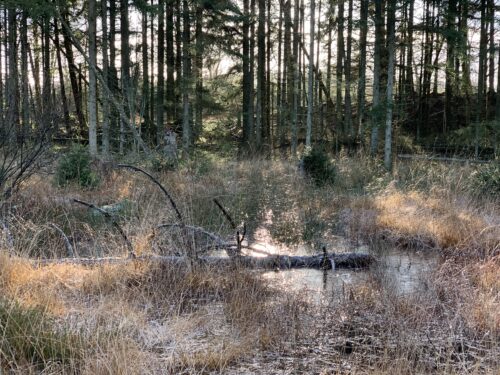
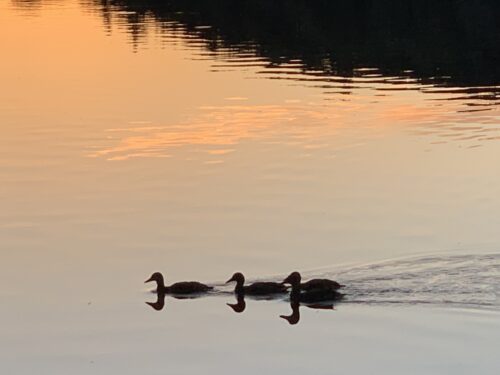




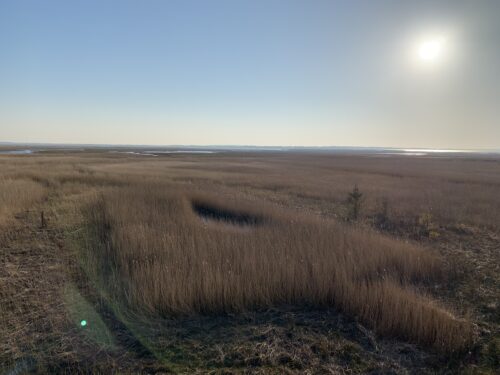
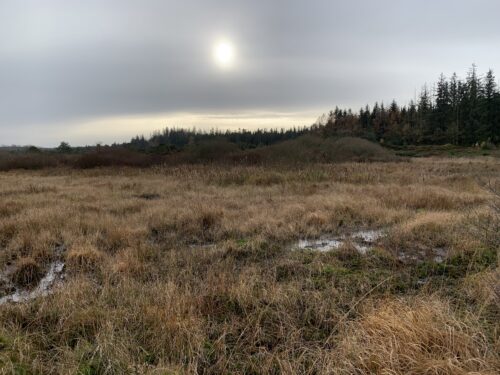
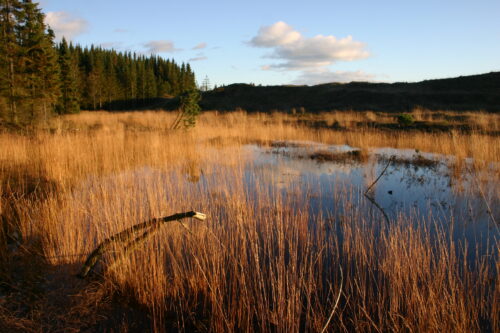

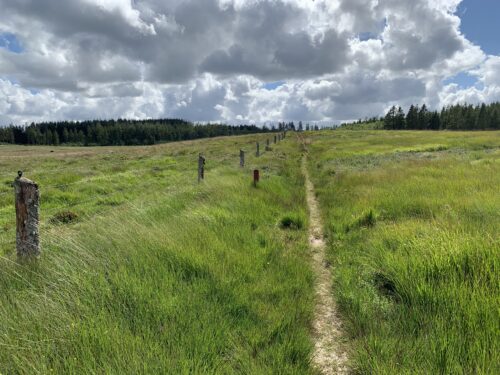

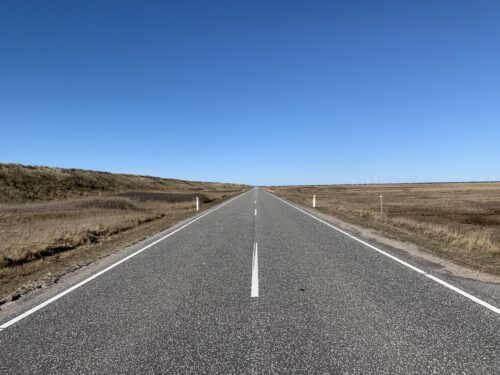

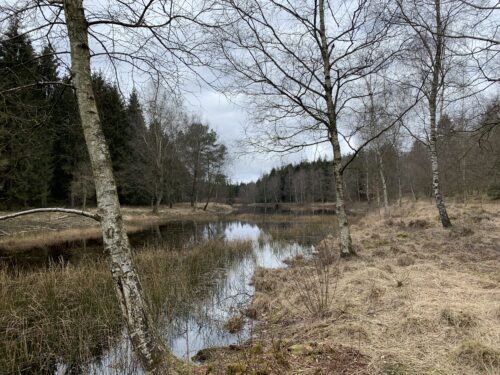
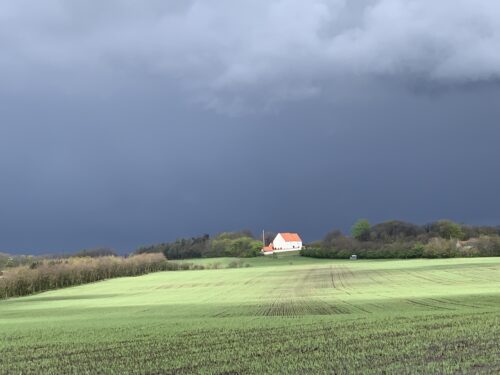


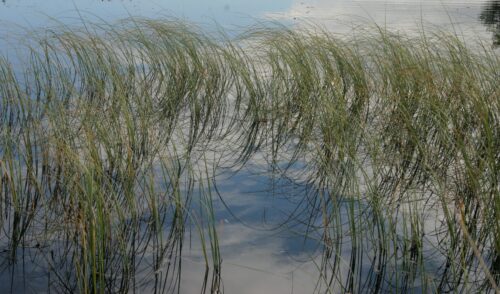 Sometimes light creates its own colours – in a rainbow, a leaf, a forest floor, a flooded field or ocean and sky.
Sometimes light creates its own colours – in a rainbow, a leaf, a forest floor, a flooded field or ocean and sky.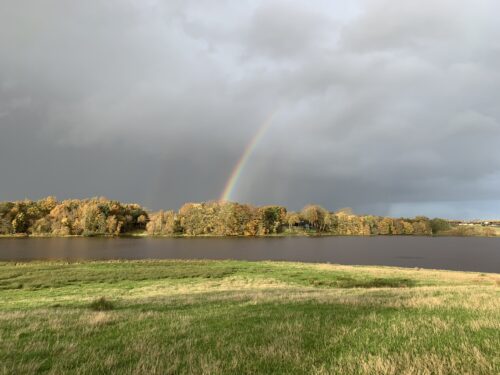
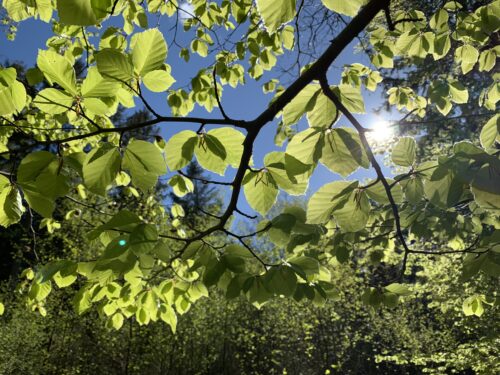
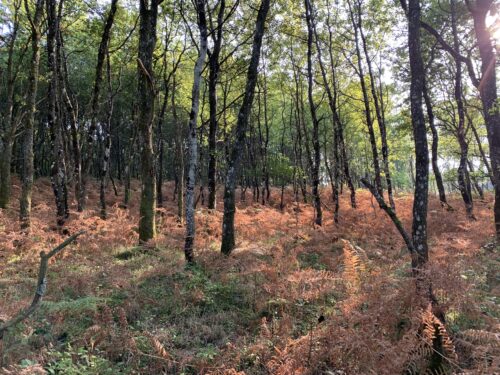
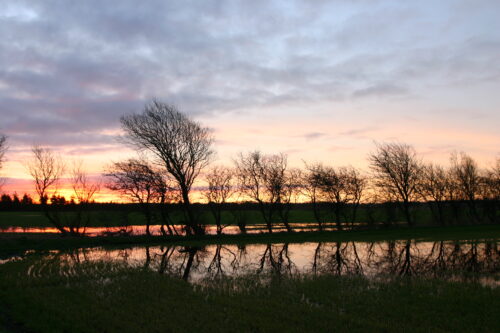
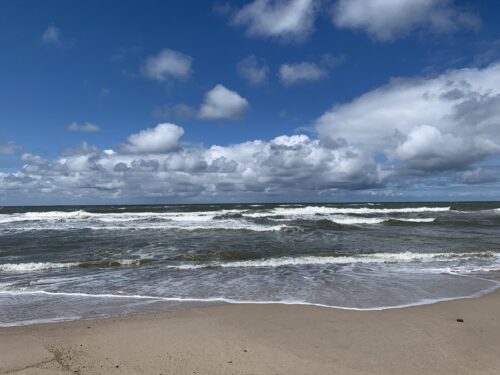


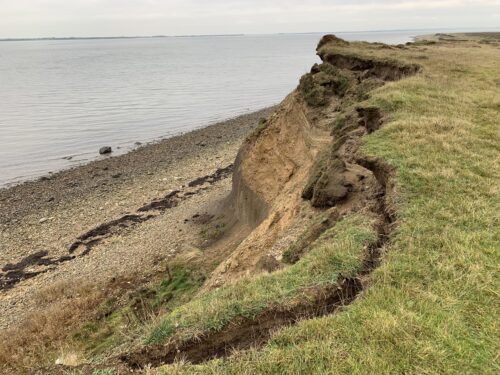
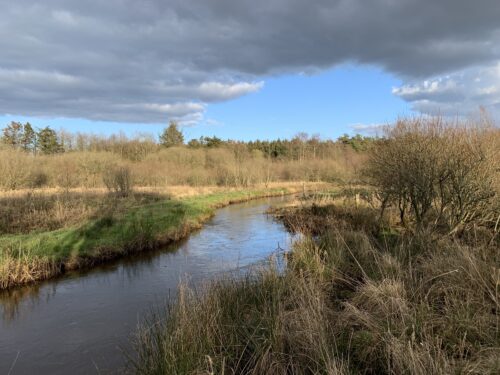

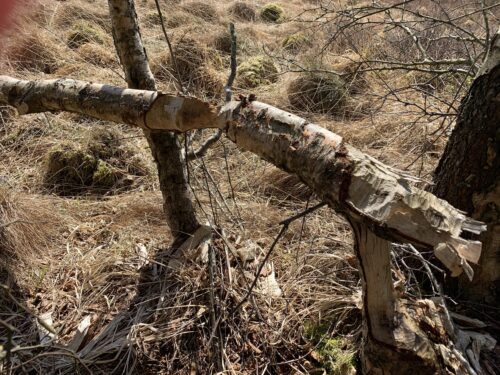

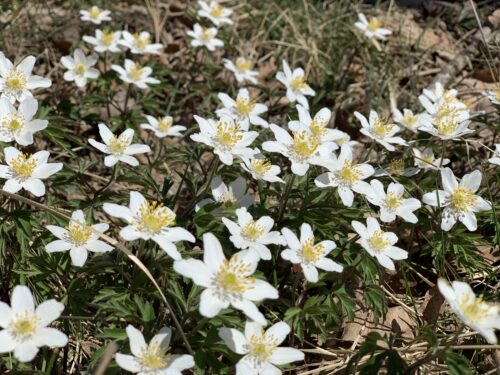


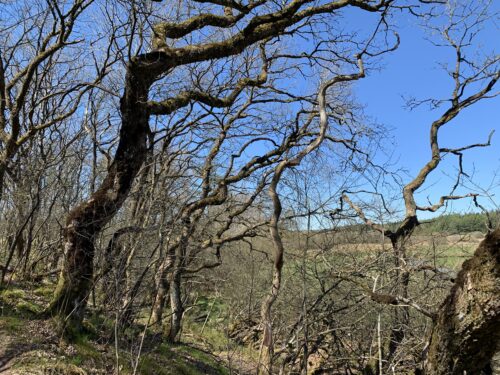
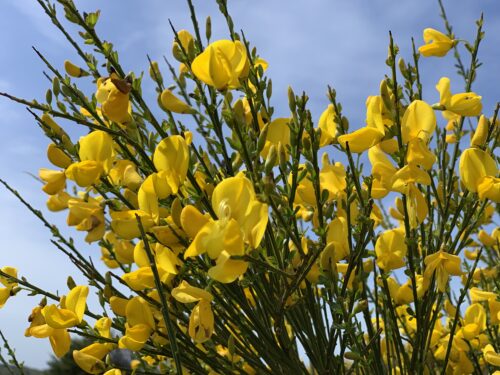


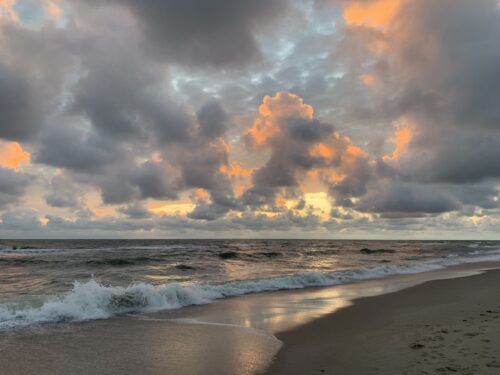
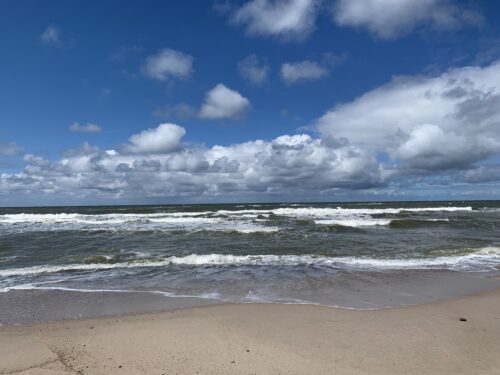

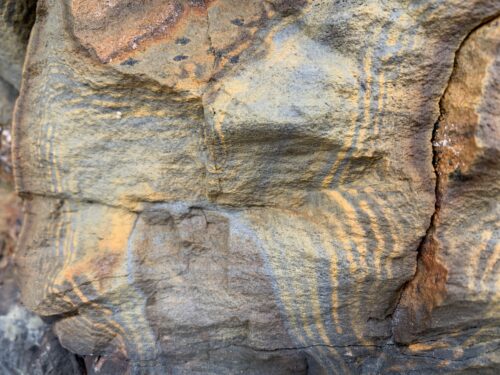


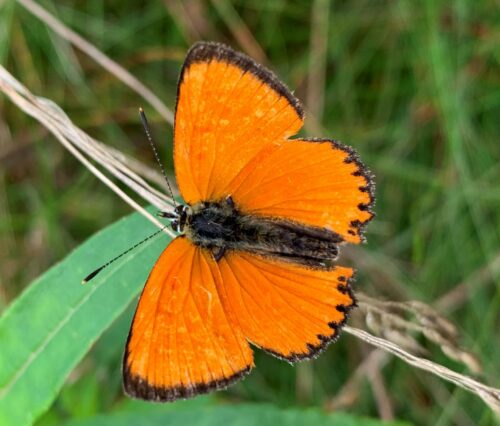



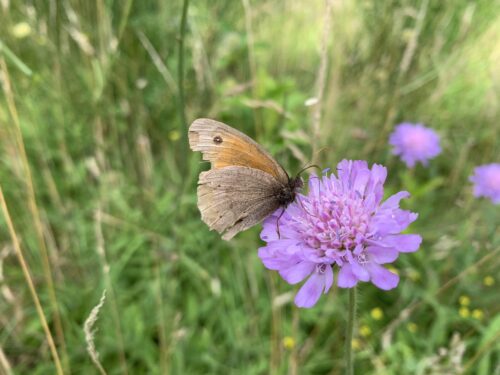
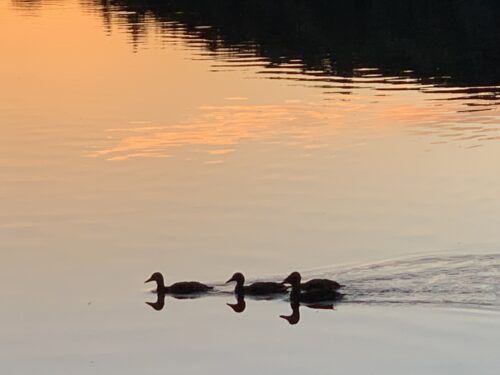
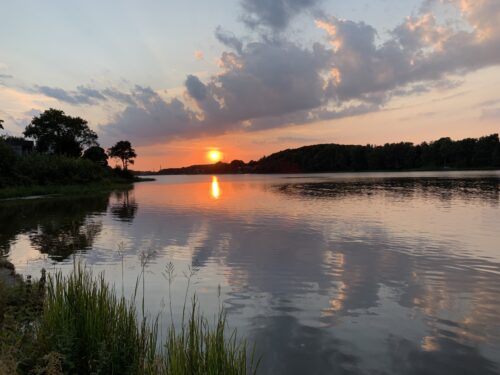

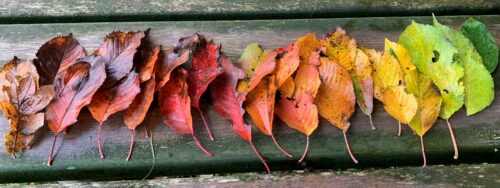






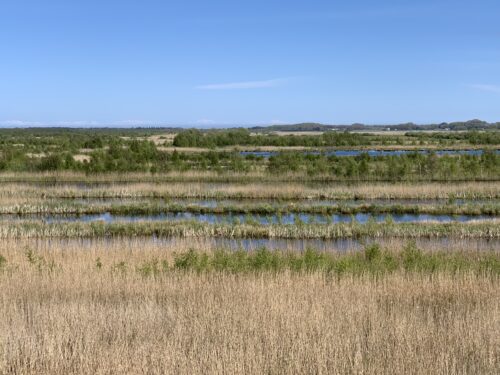

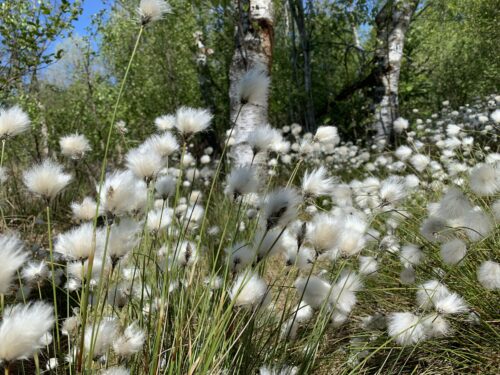

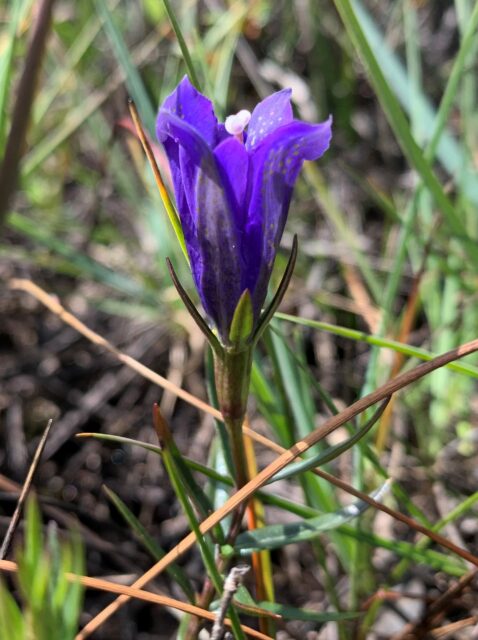



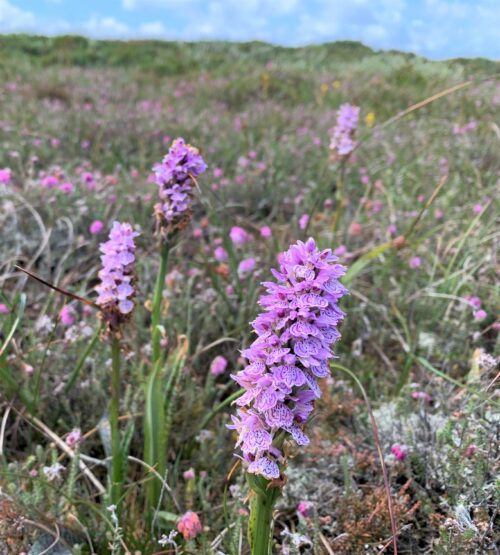
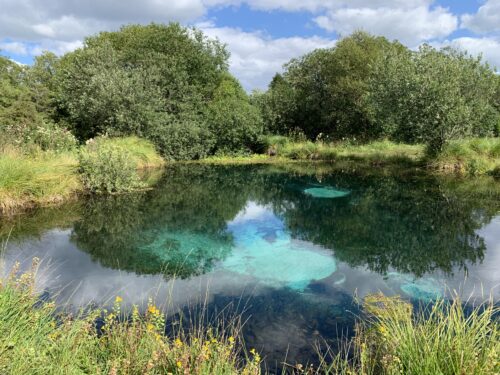

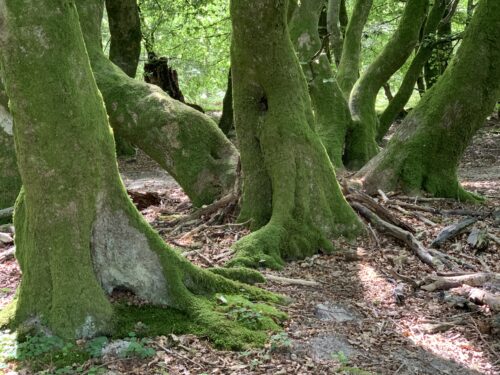
 In between my visits in the north, I visited the so-called Seven Year Lakes in South Jutland with some other friends. These lakes only appear in certain years, which is a shame, because they are lovely to behold – and it is always an added bonus to see wildlife.
In between my visits in the north, I visited the so-called Seven Year Lakes in South Jutland with some other friends. These lakes only appear in certain years, which is a shame, because they are lovely to behold – and it is always an added bonus to see wildlife.
